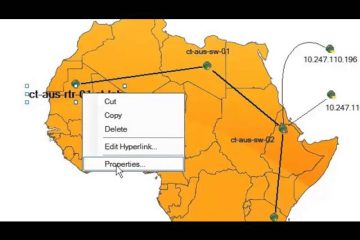UltraVNC is a powerful software that allows users to remotely access another computer. For IT professionals or individuals looking to deploy UltraVNC across multiple systems without manual intervention, a silent installation is invaluable. This article provides a detailed guide on how to achieve a silent installation of UltraVNC.
Downloading UltraVNC
Before beginning the installation process, ensure you have the UltraVNC software. It can be downloaded here.
Basic Installation Commands
For those using the MSI format:
1 | msiexec /i UltraVNC.msi /qn |
For those using the EXE format, you’ll first need to create an INF file and then proceed with the installation:
1 2 3 4 | :: Creation of the INF"%~dp0UltraVNC_1_2_12_X64_Setup.exe" /saveinf="%~dp0installation.inf":: Installation"%~dp0UltraVNC_1_2_12_X64_Setup.exe" /loadinf="%~dp0installation.inf" |
Configuring UltraVNC
After installation, you’ll need to configure the server part of UltraVNC. Retrieve the UltraVNC.ini file from the “Program Files” directory.
Managing the Firewall
To ensure UltraVNC works seamlessly, you might need to open a port in the Windows firewall. Use the following command:
1 | netsh advfirewall firewall add rule name="VNC(5900)" dir=in action=allow protocol=tcp localport=5900 |
Exporting/Importing Configuration
For those who wish to configure rights via Active Directory, the MSLogonACL tool is essential. For configurations with a password, this step might not be necessary. Use the following commands:
1 2 | MSLogonACL /e file => to export the configurationMSLogonACL /i file => to import the configuration |
https://github.com/DavidWuibaille/Packaging/tree/main/SilentInstall/UltraVNC



0 Comments